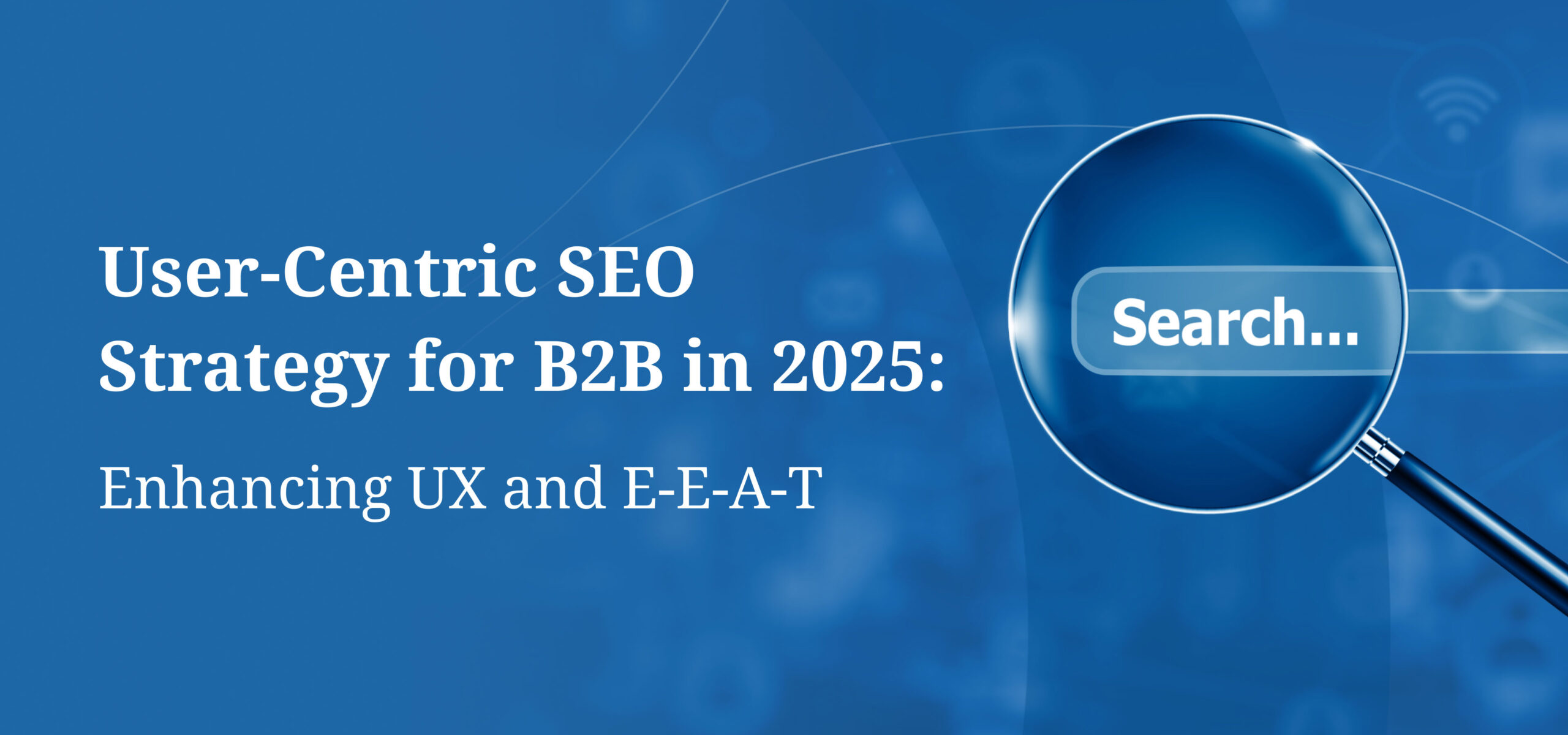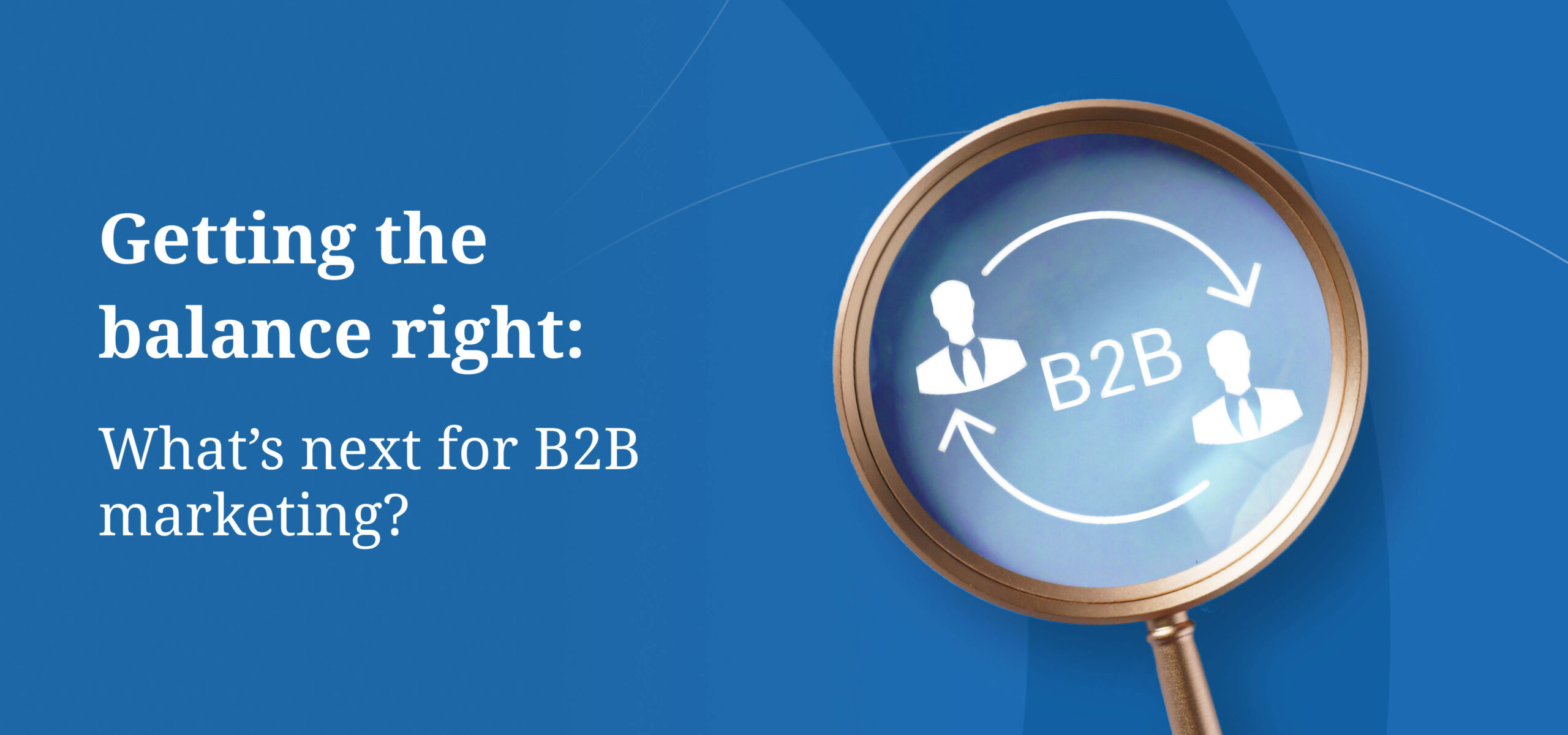By Gemma Manning
In today’s complex and fast-changing world, CEOs and leaders need to implement authentic thought leadership that adds long-term value and substance to an organisation. It’s time to dig deeper, assessing gaps in the market and identifying key spaces that an organisation can own.
To leverage thought leadership across an organisation, CEOs and leaders must first be passionate changemakers. Without the passion, drive and dedication to improving an organisation through meaningful marketing, authentic thought leadership simply can’t happen. Here are my 3 top tips on how to become an outstanding thought leader:
1. Dare to be different
Thought leadership is a key component for the future growth and profitability of any organisation, particularly in the B2B sector. It’s a strategic marketing tool that CEOs and leaders can leverage to build confidence and trust.
In essence, thought leadership needs to be redefined as a way of implementing sustainable change, by creating strategic differentiation from the top down.
But how can this be done? Firstly, CEOs need to leverage difference, building a unique and distinct profile over time. This sense of authenticity can be achieved when CEOs contribute to an ongoing dialogue, sparking new insights and responding to the insights of others, rather than distracting from them.
It’s also fundamental for CEOs and leaders to play to their organisations’ strengths. Gap analysis—that is, identifying the missing elements in a specific market area—is the crucial first step towards creating meaningful change. Robust thought leadership and changemaking is grounded in strategic and scientific assessment.
2. Be patient
Driving effective thought leader requires consistent and diligent effort. Being a thoughtful leader for an organisation also means being a patient leader. Thought leadership marketing does not immediately increase sales, or fill the pipeline. Over time, it builds trust, and a following, but how long that takes depends on industry, investment, and perhaps most importantly, the value of the ideas and their commercial success.
3. Change doesn’t happen overnight
A common misconception is that thought leadership can simply happen overnight. This is a surface-level view. In reality, every CEO or leader needs to drive thought leadership in an ongoing way, constantly revisiting their approach and assessing whether it’s working. Thought leadership needs to be flexible, adapting to the changing business landscape and delivering timely and relevant industry insights.
If CEOs and leaders approach thought leadership marketing without passion, authenticity and drive, their initiatives will lack depth, value and sustainability. Given our complex world, providing meaningful thought leadership is as valuable to a brand as the products or services it sells. True thought leadership is a transformational journey taken one step at a time.
AMCF research
According to a 2015 study conducted by US company AMCF (Association of Management Consulting Firms), 93% of respondents believe high-quality thought leadership boosts an organisation’s reputation. Yet there remains an air of mystery around what ‘thought leadership’ actually is. Organisations need to consider what thought leadership marketing truly means for their brand and future growth.
Many organisations see thought leadership marketing as a sales pitch: another platform for promoting their latest ideas and innovations. This is true to a certain extent. The problem is that many organisations rely upon stand-alone initiatives as a way to tick the thought leadership box, before shifting their attention onto other projects.
In cases like this, thought leadership has occurred only on the surface-level, with limited impact and reach in the long-term. ‘Once-off’ thought leadership marketing usually falls flat before meaningful and long-lasting change occurs. This is often because gaps in the market, key drivers and future trends have not been adequately assessed.
Read the full article in The CEO Magazine.





